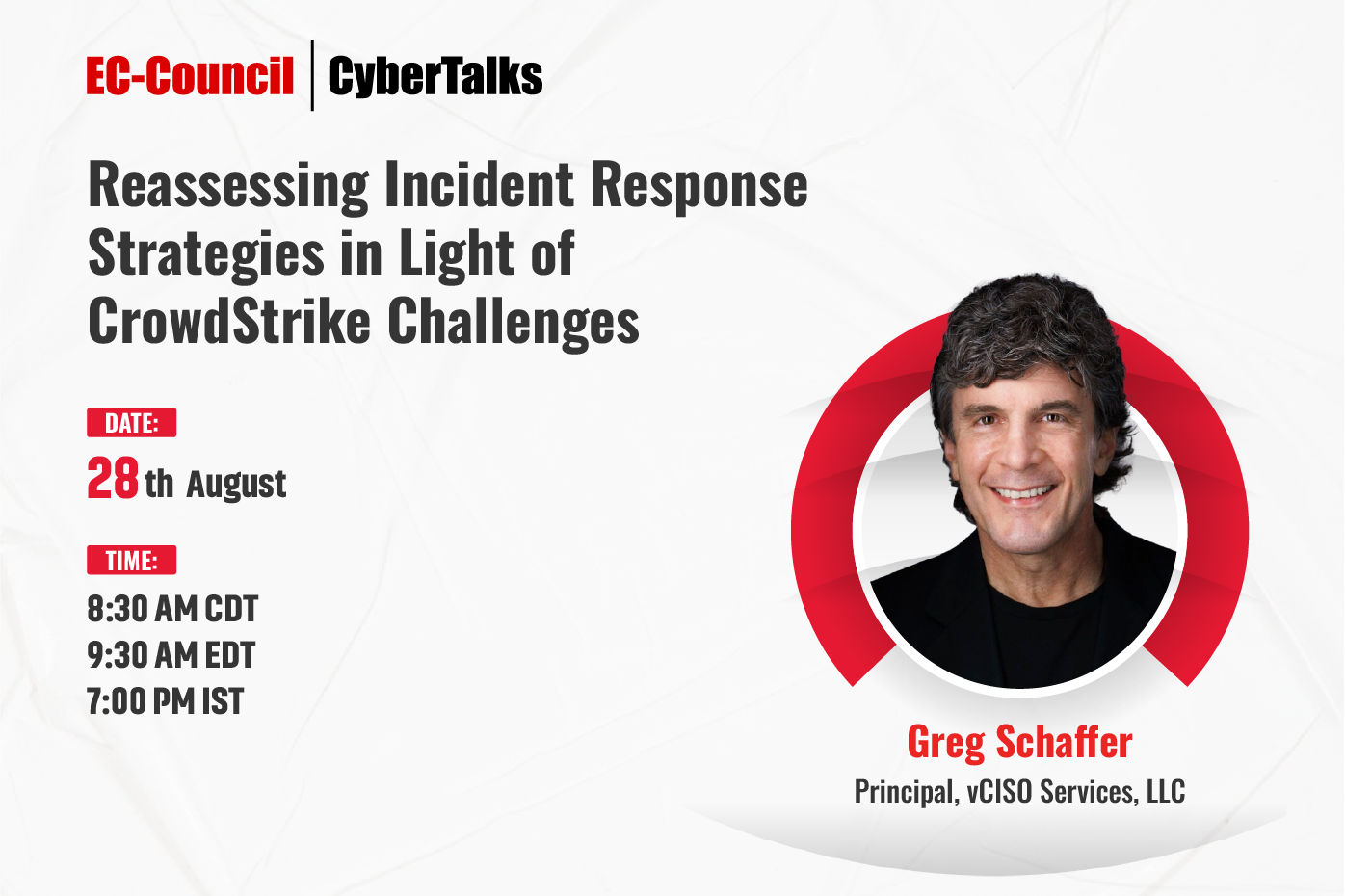What Is a SOC Report?
What About the Security Operations Center?
The term “SOC” (System and Organizational Controls) is not to be confused with another common SOC acronym: the Security Operations Center. In cybersecurity, a Security Operations Center is a dedicated facility within an organization that is responsible for monitoring the organization’s internal security posture.
The most crucial role of a Security Operations Center is to detect and respond to potential security threats and cyberattacks promptly. To accomplish this goal, SOC network analysts perform duties such as monitoring system logs, reacting to automated pings and alerts, and conducting forensic investigations after an attack.
Although a Security Operations Center is distinct from SOC reporting, the two are linked via the concept of SOC reporting for cybersecurity. In other words, having a Security Operations Center helps businesses meet the requirements of SOC reporting for cybersecurity. The next section will discuss the different types of SOC reports, including SOC reporting for cybersecurity.
The Types of SOC Reports
1. SOC 1 reports
focus on an organization’s internal controls related to financial reporting. In other words, SOC 1 reporting assures customers and stakeholders that the company’s financial statements are reliable.
2. SOC 2 reports
- Security: The organization can protect data and IT systems from unauthorized access.
- Availability: The organization’s data and IT systems enjoy a high level of availability without suffering from extensive downtime or crashes.
- Processing integrity: The organization’s data is accurate, complete, and valid.
- Confidentiality: Sensitive information is adequately protected throughout the data lifecycle, from collection to disposal.
- Privacy: Personally identifiable information (PII) is appropriately collected, used, stored, and disposed of.
3. SOC 3 reports
are similar to SOC 2 reports but intended for a general audience. SOC 2 reports include in-depth descriptions of the auditor’s tests and results and are only designed to be read by specific entities, such as a company’s business partners. SOC 3 reports omit this potentially sensitive information, making them suitable for widespread distribution.
In addition to these general-purpose SOC reports, there are two types of SOC reports for specific use cases: cybersecurity and supply chain.
- SOC reporting for cybersecurity is an evaluative framework for organizations to assess the strength of their cybersecurity risk management efforts. This involves both the five Trust Services Criteria discussed above and cybersecurity-specific issues. Auditors examine how the organization identifies its IT assets, manages IT security risks, and enacts security policies and processes.
- SOC reporting for supply chain is an evaluative framework for organizations to assess their supply chain controls and processes (i.e., producing, manufacturing, shipping, and distributing goods and products).
Finally, SOC reports may be of two types: type 1 and type 2.
- Type 1 SOC reports include the organization’s description of its systems, procedures, and controls and the auditor’s assessment of their suitability.
- Type 2 SOC reports include everything in a Type 1 report and an assessment of the effectiveness of these processes and controls over time. Type 2 SOC reports are generally preferred over Type 1 reports because they provide a more in-depth evaluation.
To sum up, SOC 1 reports evaluate an organization’s financial reporting, while SOC 2 and SOC 3 reports evaluate an organization’s IT systems and data management. Type 2 SOC reports involve a long-term evaluation and are more in-depth than Type 1.
The Benefits of SOC Reporting
SOC reporting has several benefits, including:
- Greater transparency: SOC reports provide detailed information about an organization’s internal controls and processes, building trust with its partners and stakeholders.
- More robust risk management: SOC reports can highlight potential flaws, vulnerabilities, or risks in the organization’s controls and processes, making them easier to discover and correct.
- Improved efficiency: SOC audits can identify possible inefficiencies in an organization’s processes that can be streamlined, leading to higher productivity and lower costs.
- Regulatory compliance: A successful SOC report can help the organization comply with other applicable regulations and standards, such as Sarbanes-Oxley (Digital Guardian, 2022) and PCI DSS (Microsoft, 2022).
Conclusion
SOC reporting is an essential business practice for organizations of all sizes and industries. By providing SOC reports, companies can reassure their customers, business partners, and stakeholders that they follow industry-wide regulations and best practices.
Regarding SOC reporting for cybersecurity, one of the best ways for organizations to comply is to have a Security Operations Center. With a cybersecurity SOC, businesses can more easily adhere to the security and availability requirements of SOC 2 and SOC 3 reports.
Are you interested in taking a proactive stance against cyberattacks? EC-Council is a leading provider of IT security courses, training programs, and certifications, including our Certified SOC Analyst (C|SA) certification. EC-Council’s C|SA program helps students build the in-demand technical skills they need to work in a Security Operations Center (SOC).
Ready to get started? Get in touch with us today to get details on EC-Council’s Certified SOC Analyst program and start down your path to a career as a SOC analyst.
References
- AICPA. (2022). System and Organization Controls: SOC Suite of Services. https://us.aicpa.org/interestareas/frc/assuranceadvisoryservices/sorhome
- AICPA. 2017 Trust Services Criteria (With Revised Points of Focus – 2022). https://www.aicpa.org/resources/download/2017-trust-services-criteria-with-revised-points-of-focus-2022
- Digital Guardian. (2022). What is SOX Compliance? 2022 SOX Requirements & More. https://digitalguardian.com/blog/what-sox-compliance-2022
- Microsoft. (2022). Payment Card Industry (PCI) Data Security Standard (DSS). https://learn.microsoft.com/en-us/compliance/regulatory/offering-pci-dss










